About SURF
The history of SURF
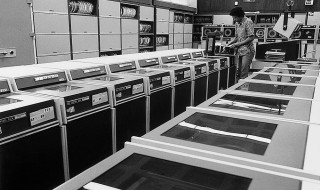
Computer facilities for complex calculations
In 1971, SURFsara is founded as Stichting Academisch Rekencentrum Amsterdam (SARA) by the University of Amsterdam, the Vrije Universiteit Amsterdam and the Stichting Mathematisch Centrum (the current Centrum Wiskunde & Informatica). These institutions need computer facilities to perform complex calculations.
1984
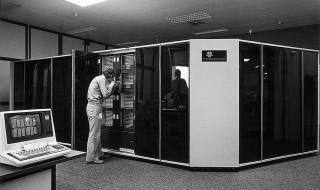
The first national supercomputer
In 1984, SURFsara commissioned its first supercomputer, the Cyber 205, and from then on fulfilled the role of national supercomputer centre for research and education in the Netherlands. The Cyber 205 offers a peak computing power of 100 megaflops per second.
1984
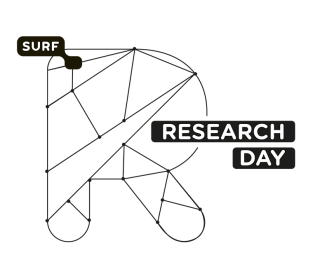
Supercomputer users come together
During the first SARA Superday, supercomputer users come together to learn from each other, inspire each other and get advice from SURF experts. The day has since grown into the SURF Research Day, the national conference connecting research, IT and innovation.
1985
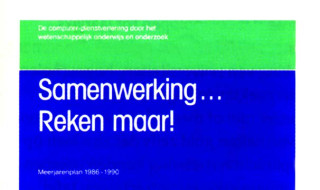
The Netherlands lags behind, SURF comes to the rescue
In the early 1980s, the Netherlands is lagging behind other countries when it comes to IT. In 1984, the Ministry of Education, Culture and Science therefore made five million guilders available for a coherent system of national and local facilities in the field of computerised information processing. A supervisory committee is set up in February 1985 to develop a multi-year plan for this purpose. The name of that guidance committee? Samenwerkende Universitaire Rekenfaciliteiten (Collaborating University Computing Facilities), or SURF!
1987
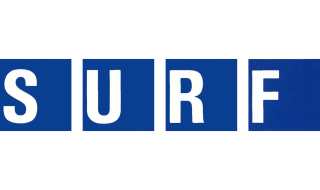
SURF foundation sees the light of day
The multi-year plan is taken up by a project group. On 25 March 1987, it becomes the SURF foundation, which is set up by the fourteen Dutch universities. Soon universities of applied sciences, UMCs, research institutions, and later secondary schools start using SURF's services. SURF becomes the collaborative organisation for network and computer services for education and research in the Netherlands.
1988
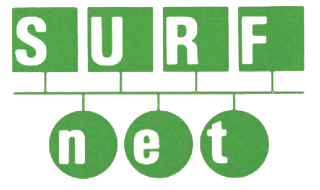
SURFnet is going to build a nationwide network
In the newly established SURF Foundation, it soon becomes apparent that educational institutions have an increasing need for services to exchange data and communicate with each other. A nationwide computer network is needed to which all users and services can be connected. As well as a professional organisation to make such a network a success. To this end, SURFnet bv is set up on 1 January 1988, a collaboration between SURF and the Dutch PTT.
1989
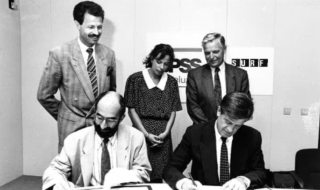
Easier and cheaper licensing
In the 1980s, institutions concluded their own contracts with software suppliers. That was relatively expensive, and at the still young SURF, smart minds came up with the idea of taking a bigger approach to licensing. So that research and education institutions could buy licences more easily and cheaply. This initiative results in 1989 in the first agreement for higher education and research, between SURF and SPSS.
1990
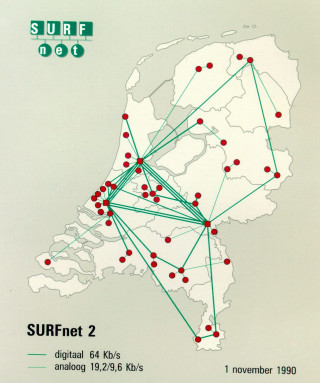
The first SURF network: SURFnet2
SURF started developing a network for higher education and research in the late 1980s. The aim is not to become yet another network alongside local university and research networks such as DUnet (Delft), RULnet (Leiden) and TNOnet. The objective is to construct a single network transparent to users: one network that incorporates all networks in higher education and research.
In 1990, the first production version of SURF's network goes live: SURFnet2. This network offers transport facilities based on the Internet protocol (IP) in addition to the then-current X.25 protocol. And that is the protocol that will eventually be used worldwide. The maximum bandwidth of SURFnet2 is 64 kbit/s...
1991

SURFmarket is founded
After the contract with SPSS, more major deals soon follow, with WordPerfect, Borland, Oracle and Lotus. The club that arranges the licences outgrows its capacity and goes out on its own in 1991: SURFmarket (then called SURFdiensten) is born. From then on, the institutions affiliated to SURF can purchase licences for software via SURF.
1992
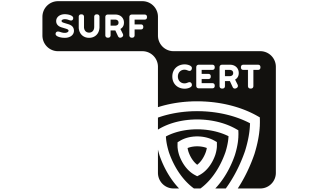
SURF gets its own CERT
CERT-NL is set up, SURF's Computer Emergency Response Team (CERT). In CERT-NL, specialists from SURF and the member institutions work together to help the institutions secure their network, and to resolve incidents in the SURF network as quickly as possible. Later, CERT-NL becomes SURFcert.
1993
First major licence agreement with Microsoft
SURF concludes the largest agreement to date, with software giant Microsoft. The licensing model used is new for Microsoft (but common among other suppliers). Microsoft will adopt this model and apply it worldwide.
1993
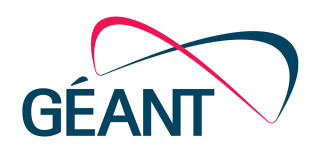
European cooperation in GÉANT
SURF is involved as a co-founder in DANTE, the first European network organisation in which research and education networks (NRENs) like SURF work together. DANTE has since been merged into GÉANT. In it, NRENs not only cooperate on networking, but also in other areas such as cloud, security and secure authentication.
1994

AMS-IX: from SURF pilot to largest Internet hub in the Netherlands
For years, the AMS-IX has been the most important Internet hub in the Low Countries. The AMS-IX processes much of the Internet traffic with foreign countries and between Dutch Internet providers. At peak times, the node processes nearly 12 Tbit/s. You would almost forget that the AMS-IX started in 1994 as a pilot project of SURF!
1996
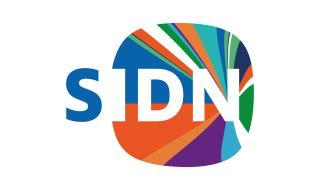
SURF is co-founder of SIDN
SURF is a founding member of SIDN, the Stichting Internet Domeinregistratie Nederland, administrator of the .nl top-level domain.
1997
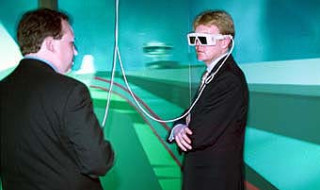
Visualisation for better insight into research results
At SURF, we are not just calculating and storing data. Another important activity is the visualisation of data so that researchers can get a good idea of the results of their research. In 1997, the first national facility for three-dimensional visualisation was created, using a Computer Assisted Virtual Environment (CAVE). With stereoscopic LCD glasses on, the researcher imagines himself in the middle of the object of study, e.g. a blood vessel.
1999

Gigaspeeds with GigaPort
In 1999, the GigaPort project began, in which SURF, together with a number of commercial partners such as Telfort and Cisco, is developing an entirely new network. This should achieve speeds for customer connections of up to 20 Gbit/s.
1999
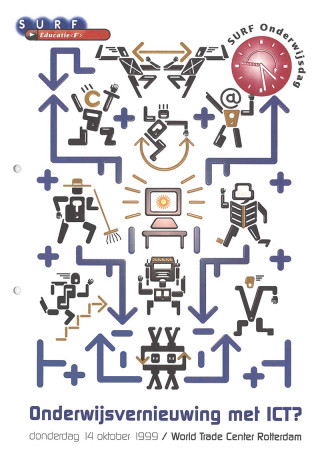
SURF Education Days bring education and ict together
Starting as a one-day event, SURF Education Days soon became two days where teachers and education support staff come together and get inspired about the latest developments in education and ict. The 25th SURF Education Days will take place in 2023.
2000
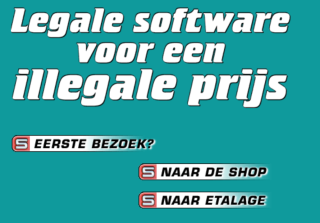
SURFspot: legal software at an illegal price
SURF is launching SURFspot, the ict webstore for students and staff in higher education and research. From then on, students and employees will be able to purchase software for home use directly from SURF.
2001
Cheap content licences
In addition to software licences, SURF starts concluding licences for content services from 2001. This starts with licences for university libraries. This will give users easy and inexpensive access to online publications from various publishers.
2002
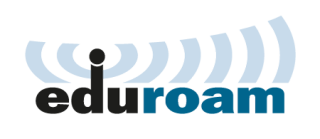
Worldwide secure online with eduroam
SURF launched eduroam in 2002. With this service, students and staff can use their institution's wifi network, but also the network of all other institutions that have eduroam. Without having to create a separate account everywhere. To date, it is one of SURF's best-known and most popular services.
2005
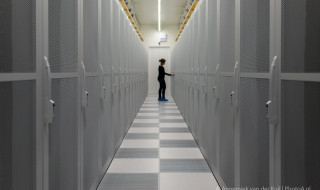
National computing cluster
SURF is building the national computing cluster Lisa. This is a centrally managed Linux cluster, ideally suited for large-scale computations. In the same year, the grid infrastructure will become available, culminating in the e-infrastructure we have today.
2006
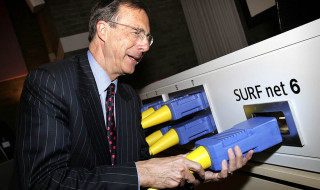
The first fibre-optic network for education and research
SURFnet6 will be put into service: a fibre-optic network providing not only IP services (internet connectivity), but also optical network services, for example lightpaths (secure and super-fast connections separated from other network traffic).
2007
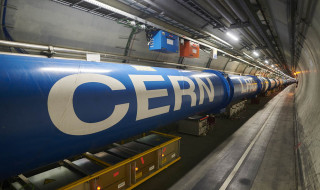
Collaboration with CERN
With Nikhef, SURF is starting as Tier-1 centre for the LHC experiments at CERN in Geneva. This means that some of the data generated by the LHC will be processed at SURF in Amsterdam.
2007
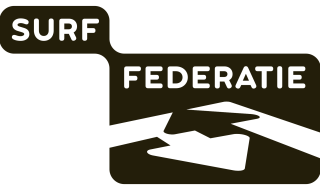
Log in everywhere with your own institution account
SURF introduces SURFfederatie, thereby achieving an international first: it is the first service that allows users to log in with a single account (their institution account) to cloud services from different suppliers. In 2011, SURFfederatie will be succeeded by SURFconext, which, for example, also offers extra security via multi-factor authentication.
2010
Tenders
SURF is further expanding its work on licences: it will also conduct tenders on behalf of educational and research institutions.
2013
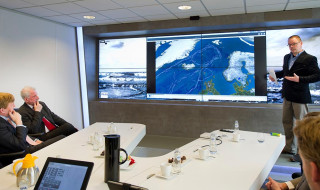
Collaboratorium: high-tech visualisation
The Collaboratorium will be inaugurated. This is a high-tech visualisation facility where researchers from business and science can analyse and visualise their data on a multifunctional video wall with (for the time) super-sharp HD screens.
2017
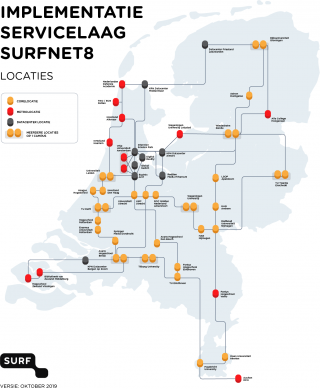
SURFnet8 delivers speeds up to 400 Gbit/s
SURFnet8's new optical layer, to be implemented in 2017, will enable 400 Gbit/s and make 100 Gbit/s transport capacity the standard. That standard is 1.5 million times faster than SURFnet2, SURF's first production network from 1990.
2020
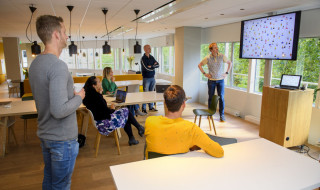
SURF becomes one
The operating companies SURFsara, SURFmarket, SURFnet and SURFbureau merge. They continue together as SURF. Naturally while maintaining the innovative services for education and research in the Netherlands. SURF has already (in 2015) transformed from a foundation into a cooperative: participating institutions are now members and have direct influence on SURF's policy through the members' council.
But SURF is also a stopping place for members, where they come together to exchange knowledge, ideas and inspiration. And where they work together on innovative solutions in numerous ict areas such as cybersecurity, quantum computing, digital learning materials, study data, open science and artificial intelligence. So that together they can excel in education and research, with the help of ict.
2021
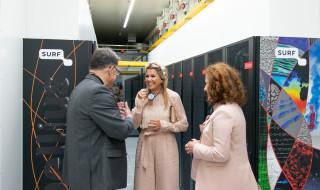
National supercomputer Snellius commissioned
The latest generation of the national supercomputer is put into operation: Snellius. It has a peak speed of 6.1 petaflops per second, which is 61 million times more than the Cyber 205 in 1984. But in addition to being faster, Snellius is also a lot more durable than its predecessors. Snellius is 3.4 times faster than its direct predecessor Cartesius, but uses 30% less energy.
2022
SURF stands up for privacy: Google, Microsoft and Zoom adjust terms and conditions
SURF stands up for public values, including the privacy of students and staff in education and research. In various trajectories, SURF (together with partners) succeeded in persuading big-tech companies like Google, Microsoft and Zoom to adjust their terms and conditions. In doing so, we even made it to the New York Times!